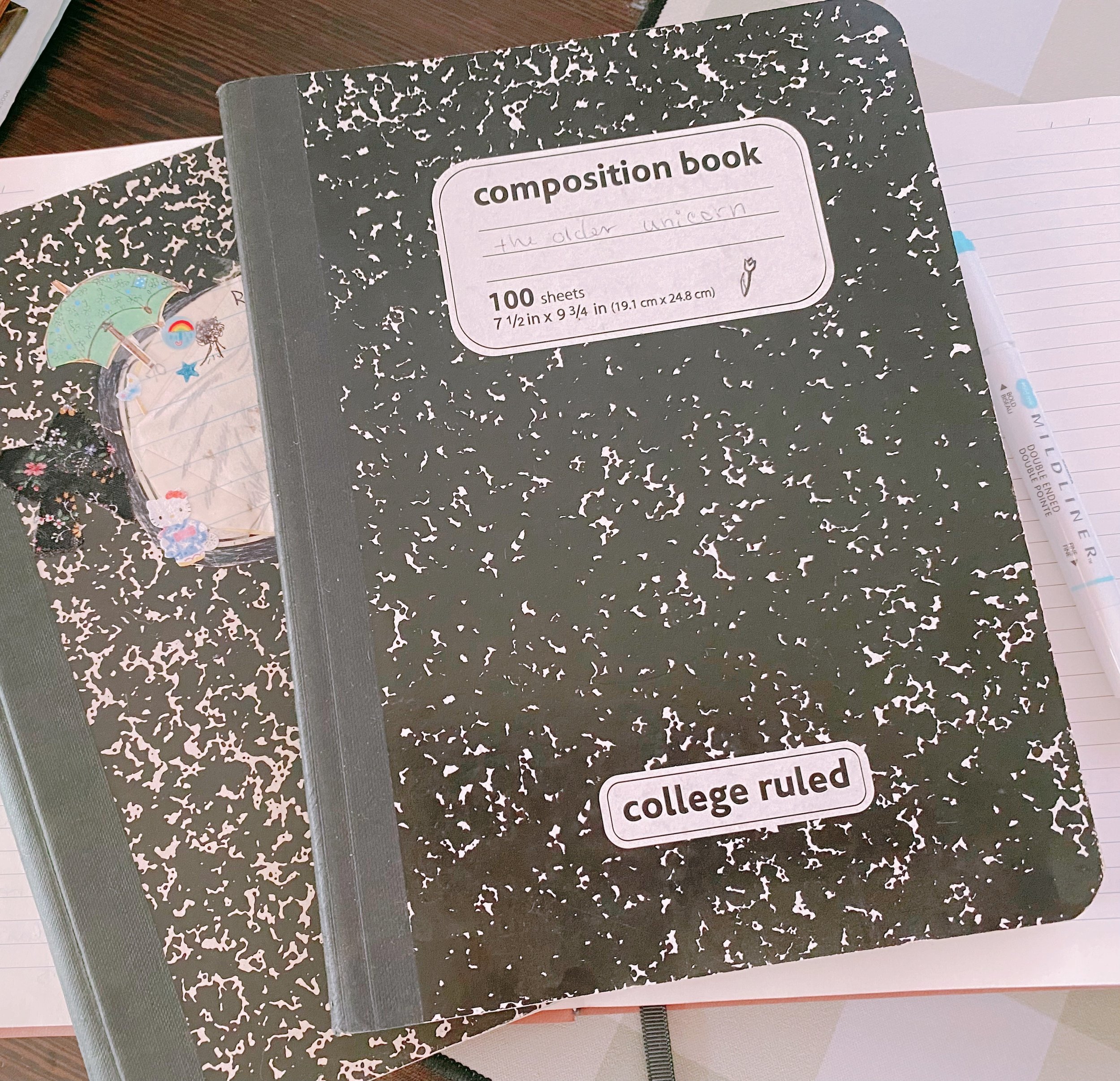Writing a children’s book: Getting started
Growing up, I was always writing stories and (terrible) poems. I would write them down in a black and white composition book (college ruled, of course) and I saved those notebooks, just out of nostalgia.
It wasn’t until the beginning of 2022, that I seriously considered publishing my stories. Here is what I have learned so far.
Getting started
Brainstorming is your best friend. Some people can jump right into writing a story. Not me. I need to first come up with an idea of what I want to write. I ask myself questions like, what’s the overall message I want to convey in my story? Who am I writing this book for?
Don’t underestimate your reader. They are the most important in this journey. Yes, write for yourself, but remember to keep your reader in mind as you write your story.
Who is your audience?
Once I get the general idea of the story going, I then start mapping out how long I want my story to be. Generally, it will depend on the age group of your book. Are you writing for 4–6-year-olds? Then you will need about 1000 words or less. Are you writing for 9-13-years-olds? Then you will need 1500-2000 words. When you understand who you are writing for, it’s easy to start mapping out your story.
Mapping the Story
You can divide your story up into 3 main sections. I’ll give examples along the way.
1. The beginning. This is where you introduce your characters and background. You also need to introduce your conflict here. Let’s use a very simple example. There’s a bunny that is happy and free and enjoys exploring. But one day, he explored a little too far from his burrow. From this example, we have introduced who the main character is (a bunny) his background (likes to explore), and the beginning introduction of the conflict (he wanders off away from the safety of his home). By the end of the first section, the reader is left with the question, “How will the bunny get back home?”
2. The middle. Now the conflict becomes the main talking point of your story. Your characters, or main character, are facing off with this conflict and this is where you decide how your characters will react to the conflict. The bunny is now wandering around in a strange forest and he is scared. He wants to go home but doesn’t know how to get back. This is the part of the story where the character is right in the middle of dealing with the conflict.
3. The end. This is where the conflict is resolved. The bunny hears in the distance the far cry of his mother, calling out to him. He follows the sound of her voice to a small clearing. It’s his home! He runs to his mother, promising never to wander too far away from home again. Children’s books also like to teach a lesson towards the end of the story. What did the bunny learn?
Remember that even if you are writing for little kids, you need to get them rooting for the character(s). How can you lead your reader to be afraid for the bunny when he is lost? And then, we want our readers to be ecstatic when the bunny finally finds his way home.
Other things to consider
· Pictures and words need to work together.
· Get it edited! You need other eyes on your book.
· 1-2 characters minimum.
· Children love comedy—and suspense!
· It’s ok to be different, whimsical, and colorful—you need to grab the reader’s attention from the beginning.
· Keep it simple but age-appropriate.
· Can the reader connect with the main character?
These are just some helpful tips I have learned along the way in my book publishing. You will get there too, with practice and determination. One thing I always keep in mind when I’m writing or publishing my next children’s book is I ask myself, am I enjoying myself? Am I having fun? If I am, I keep going.
The notebooks that started it all
